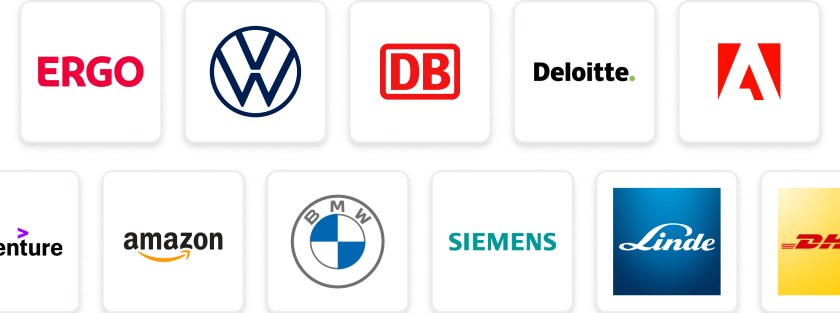At a Glance
- Tasks: Design and implement solutions using Microsoft Dynamics 365 and Power Platform.
- Company: Join a leading tech consultancy known for innovation and excellence.
- Benefits: Enjoy hybrid working, competitive salary, bonuses, and visa sponsorship.
- Why this job: Be part of a dynamic team making a real impact in technology.
- Qualifications: Experience with Microsoft Dynamics 365 and Power Platform is essential.
- Other info: Weekly client site visits to enhance collaboration and engagement.
The predicted salary is between 64000 - 96000 £ per year.
Location: London (Hybrid working with weekly client site visits)
Salary: £80,000 - £100,000 per annum + Bonus + Generous Package (Visa sponsorship can be provided)
Deerfoot Recruitment is delighted to be supporting a leading technology consultancy in their search for a Microsoft Dynamics 365 / CE Power Platform Solution Architect.
Microsoft Dynamics 365 CE/Power Platform Solution Architect employer: Deerfoot Recruitment Solutions
Contact Detail:
Deerfoot Recruitment Solutions Recruiting Team
StudySmarter Expert Advice 🤫
We think this is how you could land Microsoft Dynamics 365 CE/Power Platform Solution Architect
✨Tip Number 1
Familiarise yourself with the latest features and updates of Microsoft Dynamics 365 and Power Platform. Being well-versed in the current capabilities will not only boost your confidence but also demonstrate your commitment to staying updated in this fast-evolving field.
✨Tip Number 2
Network with professionals already working in similar roles or within the company. Attend industry events, webinars, or local meetups to connect with potential colleagues and learn more about the company culture and expectations.
✨Tip Number 3
Prepare to discuss real-world scenarios where you've successfully implemented solutions using Microsoft Dynamics 365 or Power Platform. Having concrete examples ready will help you stand out during interviews and showcase your problem-solving skills.
✨Tip Number 4
Research the consultancy's recent projects and clients. Understanding their work will allow you to tailor your discussions and show how your skills can directly benefit their ongoing and future projects.
We think you need these skills to ace Microsoft Dynamics 365 CE/Power Platform Solution Architect
Some tips for your application 🫡
Understand the Role: Familiarise yourself with the responsibilities of a Microsoft Dynamics 365 CE/Power Platform Solution Architect. Highlight your relevant experience and skills that align with the job description.
Tailor Your CV: Customise your CV to reflect your expertise in Microsoft Dynamics 365 and Power Platform. Use specific examples of past projects or roles that demonstrate your capabilities in these areas.
Craft a Compelling Cover Letter: Write a cover letter that not only outlines your qualifications but also expresses your enthusiasm for the role and the company. Mention why you are particularly interested in working with this leading technology consultancy.
Proofread Your Application: Before submitting, carefully proofread your application materials. Check for any spelling or grammatical errors, and ensure that all information is clear and professional.
How to prepare for a job interview at Deerfoot Recruitment Solutions
✨Know Your Dynamics 365 Inside Out
Make sure you have a solid understanding of Microsoft Dynamics 365 and the Power Platform. Be prepared to discuss specific features, functionalities, and how they can be applied to solve business problems.
✨Showcase Your Problem-Solving Skills
During the interview, highlight your experience in designing solutions that address client needs. Use examples from past projects to demonstrate your ability to analyse requirements and deliver effective solutions.
✨Prepare for Technical Questions
Expect technical questions related to system architecture, integration, and customisation within Dynamics 365. Brush up on relevant technical concepts and be ready to explain your thought process clearly.
✨Emphasise Your Communication Skills
As a Solution Architect, you'll need to communicate complex ideas to both technical and non-technical stakeholders. Practice articulating your thoughts clearly and concisely, and be ready to discuss how you manage stakeholder expectations.
